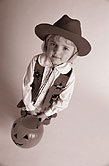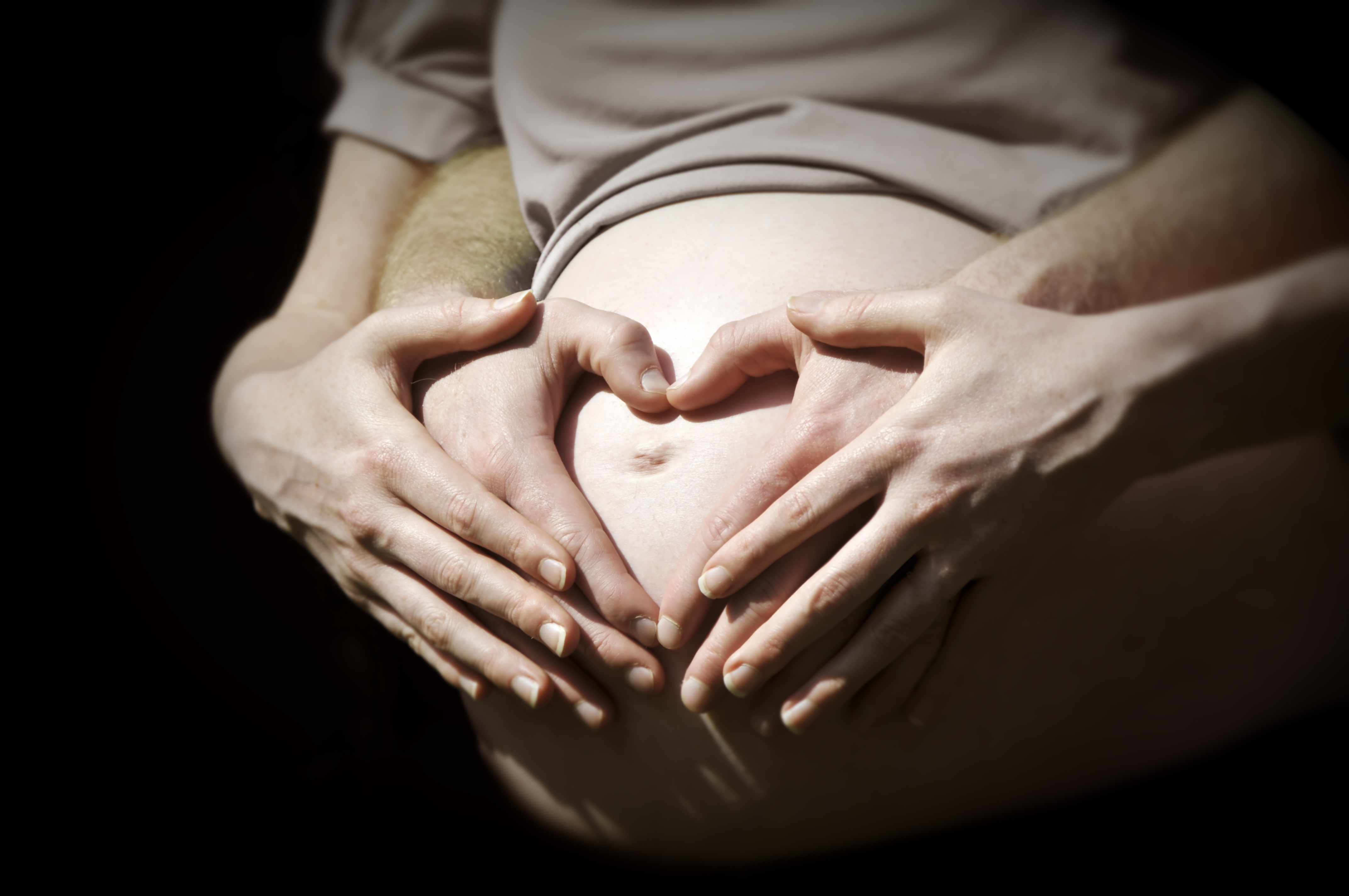
THURSDAY, Oct. 31 (HealthDay News) — Halloween activities, such as parties and trick-or-treating, could be dangerous for children with food allergies, a medical expert warns.
Even mild food allergies that result in watery eyes or a rash could become more severe after a child is re-exposed to an allergen, said Dr. Joyce Rabbat, a pediatric allergy specialist with the Loyola University Health System, in Chicago.
“Food allergies can be tricky,” Rabbat said in a Loyola news release. “Just because a child had a mild reaction, such as a rash, the first time doesn’t mean it can’t be more serious the next time.”
Halloween parties featuring tempting treats become more worrisome with the number of U.S. kids with food allergies on the rise. During the past decade, there has been an 18 percent surge in the number of children with food allergies, according to the news release. That means 6 percent to 8 percent of children currently have at least one food allergy.
Although some food allergies are mild, others can trigger a dangerous reaction known as anaphylaxis, which progresses quickly and can cause airway swelling and low blood pressure. In extreme cases, anaphylaxis can affect a person’s ability to breath and cause them to lose consciousness.
“While nut allergies have the reputation for causing severe reactions, any food allergy could result in a severe reaction like anaphylaxis,” said Rabbat, who also is an assistant professor of pediatrics and internal medicine at the Loyola University Chicago Stritch School of Medicine. “Halloween candy often contains common allergens, such as peanuts, tree nuts, milk and eggs.”
Rabbat recommended several steps parents or caregivers can take to ensure their child’s safety during Halloween festivities, including:
- Go food-free. Plan parties and events, such as costume contests, that do not include food, candy or other edible treats.
- Speak up. If your child has a food allergy, be sure to inform the host of any Halloween party. It’s a good idea to provide event organizers with a list of foods that may trigger an allergic reaction.
- Clean up. Be sure to clean all cooking utensils, pans or other dishes if they have been in contact with a food allergen. It’s also important to wipe down all surfaces after cooking or eating foods that are allergens.
- Check labels. It’s important to read labels to learn if particular foods contain allergens or have been made on the same machine as other products that contain an allergen. Rabbat said foods made in the same plant as other products that contain an allergen are probably not dangerous.
Parents also can take steps to make sure their kids with food allergies are safe while trick-or-treating. Rabbat said kids with food allergies should not trick-or-treat alone, and they should carry self-injectable epinephrine.
Once trick-or-treaters return home, parents should sort through their candy and remove any potential allergens. When in doubt about a particular treat, parents should play it safe and throw it away, Rabbat said.
“Although having a food allergy is serious, kids should still be able to have fun,” she said. “The key is education. Make sure your child knows what he or she can eat. When in doubt, throw it out.”
It’s important to note that smaller or “fun-sized” candy may contain different ingredients than the regular-sized versions, Rabbat said. She said anyone who has consumed a food that contains an allergen should brush their teeth and wash their hands before hugging or kissing a child with a food allergy.
More information
The U.S. Centers for Disease Control and Prevention offers more Halloween health and safety tips.
Copyright © 2025 HealthDay. All rights reserved.

